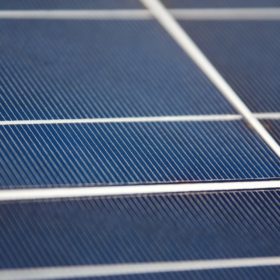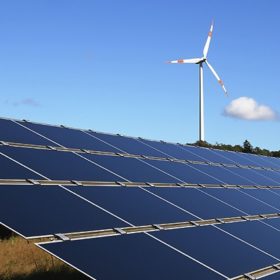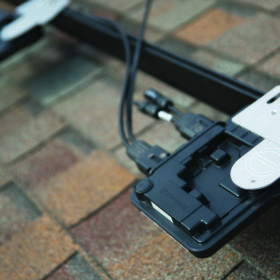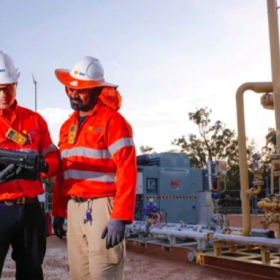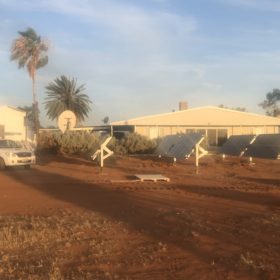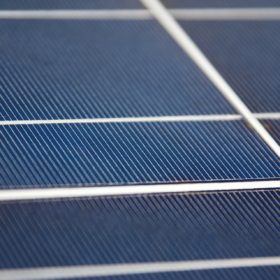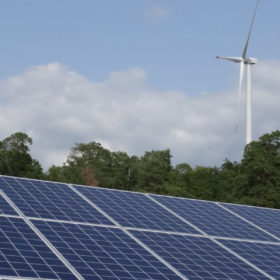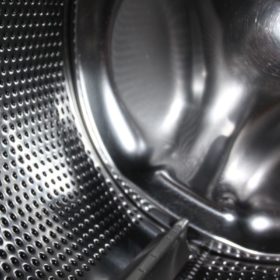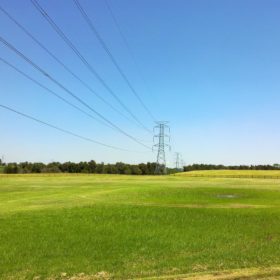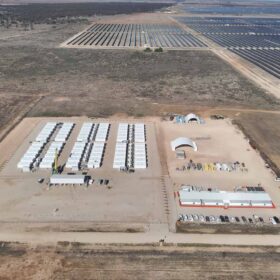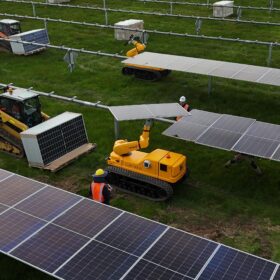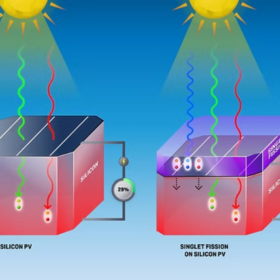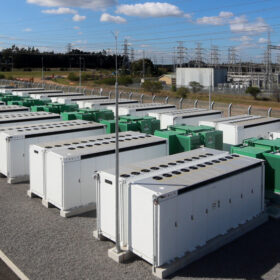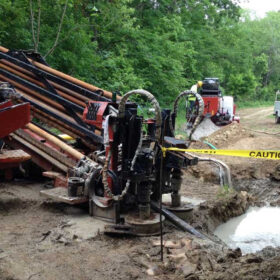Coronavirus could cause PV module, battery cell shortages in Australia
As the outbreak takes its toll on solar panel and battery manufacturing in China, Australia is bracing for disruptions in the supply chains.
Solar and wind set new output record even as curtailment continues to bite
Grid-scale wind and solar output reached new highs in Q4 last year pushing power prices to a three-year low despite a number of coal-fired generator outages. As Australia’s big PV fleet continues to expand, the National Electricity Market saw the highest output of big PV on record, but also record curtailment.
Enphase Energy partners with Australian solar industry players to advocate rooftop PV safety
The California-based microinverter maker has partnered with installer Solaray and wholesaler AC Solar Warehouse in Australia to intensify the calls against rooftop DC isolators, stressing they should be replaced with safer equipment now available in the market.
Adjudication: Windlab to bear costs of delays at Kennedy solar-wind-battery park
The developers of the Kennedy Energy Park will have to pay more than $7.5 million in variation claims and delay costs pursuant to an adjudication decision which is likely to raise concerns in the Australian renewable energy sector.
Shell breaks ground on 120 MW PV project to power onshore gas operations
Construction has begun on Royal Dutch Shell’s 120 MW solar farm which will generate clean energy for QGC’s natural gas processing plants near Wandoan in South West Queensland. The project is the oil major’s first global investment in an industrial-scale solar farm.
Solar and batteries slash costs at off-grid WA cattle station
With the help of solar PV and zinc-bromine batteries, a cattle station located in the dry Murchison region northeast of Geraldton will save as much as $10,000 a year in diesel costs.
Coronavirus could cause solar panel price spike
The coronavirus outbreak in China could raise solar module prices in the near term as manufacturers have already begun experiencing wafer and solar glass shortages. Production rates are also being affected by an extended new year holiday introduced by the authorities as a measure to deal with the virus, and the requirement workers from infected areas quarantine themselves for two weeks.
Renewables investment collapses due to network woes and policy uncertainty
In yet another confirmation of a dramatic drop in spending on large-scale renewables in Australia, a new analysis by the Clean Energy Council reveals a fall from 51 projects worth $10.7 billion in 2018 down to 28 projects worth $4.5 billion in 2019. Mounting regulatory risks, under-investment in transmission and policy uncertainty are the main reasons behind investment slow-down, which is set to put greater pressure on reliability and power prices as Australia’s old coal-fired power stations continue to close.
How much can you wash a wearable PV device?
UK researchers claim to have proved the viability wearable photovoltaic devices as an integral part of regular clothing. A solar-powered fabric textile was created by embedding micro crystalline silicon solar cells within the fibers of a textile through very thin copper wires. The scientists claim that the novel device can maintain its performance even after 15 domestic machine wash cycles, 25 hand wash cycles, and 6000 abrasion cycles.
SA-NSW interconnector gets regulatory go-ahead to unlock slew of renewable energy projects
The Australian Energy Regulator (AER) has given its tick of approval to the proposed $1.53 billion electricity interconnector between Robertstown in South Australia and Wagga Wagga in New South Wales. The new transmission line holds the promise of reducing power bills in both states by unlocking gigawatts of planned renewable energy projects in its close proximity.
